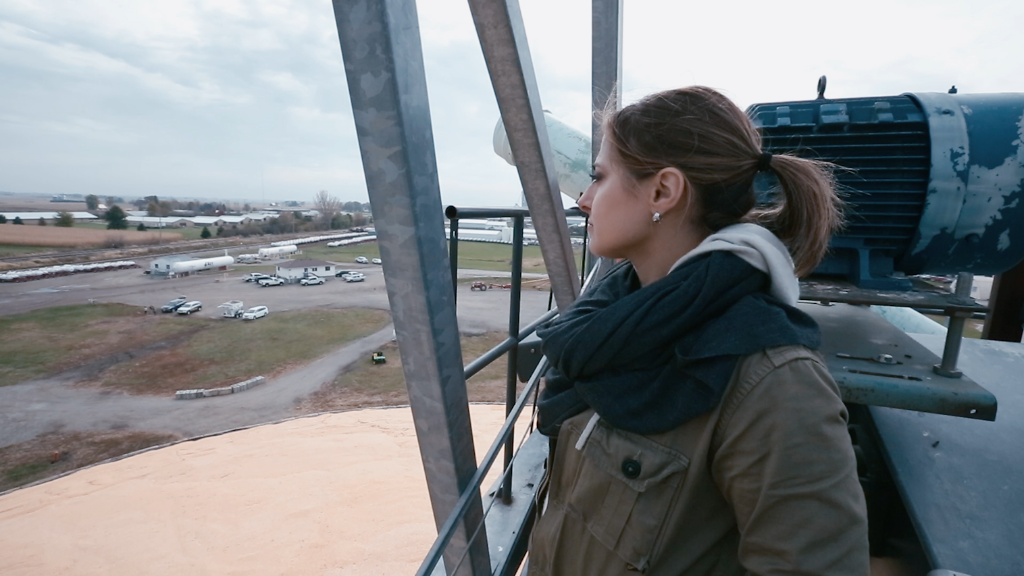
I've always been preoccupied with food. When I was a child, I loved pasta so much, I asked my mother if you could eat lasagna in heaven.
Much of my childhood was spent cooking with my grandmother, who had spent decades shopping the open air markets of Rome and taught me the value of fresh ingredients. You could say I was a foodie long before there were foodies.
Then, last year, my relationship with food changed forever.
I was diagnosed with adult-onset Type 1 Diabetes. Suddenly, what I put in my body became a matter of life and death. My meals were no longer a celebration of flavors, but a medical exercise in reading labels, counting carbs and measuring insulin.
The change was overwhelming. I approached the challenge like an unfamiliar story, trying to learn as much as I could about what was in my food. It soon became apparent that there were far more questions than answers.
That's when I decided to pursue a series about where our food comes from, what goes into it and what it does to us. The result is "Raw Ingredients" -- a behind-the-scenes examination of America's industrial food system.
My team and I started by speaking to dozens of people involved in our domestic food system -- from lettuce pickers in the fields all the way to the CEOs of the biggest food companies. I learned that how America grows, sources and distributes food is stressed.
Much of the food we eat has been manipulated to look attractive and cost as little as possible -- sometimes in ways we don't even know about.
As consumers start eating fewer processed foods, products that many consider healthy -- like fresh fruit, vegetables and fish -- are becoming more complicated to supply. Finding new sources to satisfy that increased demand may present significant safety risks.
The challenge of feeding the country is immense: The numbers are staggering and in many ways, that is at the root of the problem.

On a per capita basis, Americans eat up to 126 pounds of meat a year. We import 5.6 billion pounds of seafood annually. And even though this country's food safety standards are among the most advanced in the world, one in six Americans still gets sick every year from a foodborne illness.
This raises an entirely new set of questions: How is the U.S. feeding over 300 million citizens a day with a historic drought in California? Why do 70% of the antibiotics sold in the country go to raising animals? Just who is policing all of our food imports?

Look beyond our borders and the problem gets worse. Global economic and population growth will only add more pressure as demand for food skyrockets. Agriculture giant Monsanto projects that by 2050, the world will need to double the amount of food it currently produces to feed its population.
But here's some good news. While reporting for Raw Ingredients, I met dozens of farmers, scientists and executives working to fix the broken parts of our system. A real solution, however, might require all of us to keep changing our relationship with food. And to think even harder about what we're putting in our mouths.


